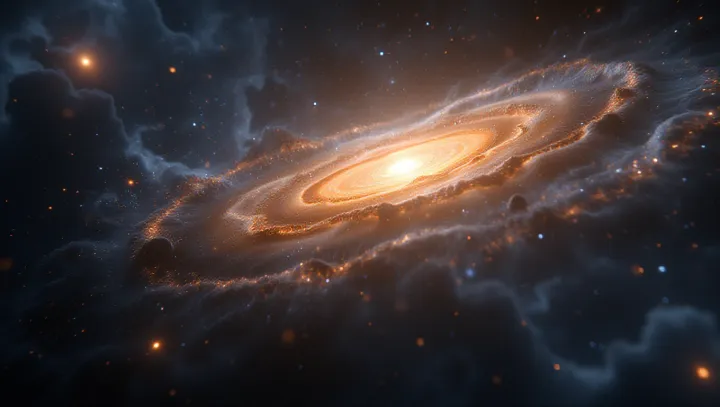How Do Galaxies Form?

The quest to understand the formation of galaxies — majestic cosmic structures consisting of stars, gas, and dark matter — remains a forefront topic in astronomy. Scholars and astronomers in locations such as the Mount Palomar Observatory are at the vanguard of unraveling the celestial secrets. Two prominent models elucidate the process of galaxy formation.
The top-down 'monolithic collapse' model suggests that massive regions of gas collapsed to form large galaxies in the initial aftermath of the Big Bang. Alternatively, the bottom-up 'hierarchical clustering' model posits that small structures, such as dwarf galaxies, gradually merged to form the larger ones we observe today. Astrophysicist Dr.
Jane Carter of the University of California points out, 'Our understanding of galaxy formation can dramatically change our perception of the universe's evolution and its ultimate fate.' As empirical evidence continues to evolve with advancements in telescope technology, these theories undergo constant scrutiny and refinement.
